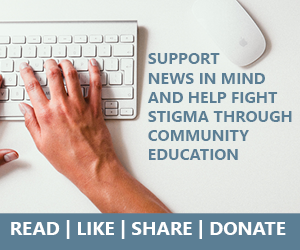Indigenous mental health patients’ fear of being “locked up” in seclusion may lead them — and their community — to avoid mental health care altogether, mental health nursing experts say.
Seclusion dehumanises indigenous Australians to a far greater extent than their Anglo-Australian counterparts by reinforcing the “degrading and discriminatory” treatment many experienced at the hands of police, governments and health services since colonisation, the researchers argue.
 Psychiatrists and nurses too often seclude Indigenous patients based on their own prejudices and rarely consider the cultural factors at play, said the authors at the Queensland University of Technology’s School of Nursing.
Psychiatrists and nurses too often seclude Indigenous patients based on their own prejudices and rarely consider the cultural factors at play, said the authors at the Queensland University of Technology’s School of Nursing.
“While some nurses perceive that seclusion reduces clients’ agitation, one must ask at what cost to the clients’ dignity, humanity, and basic human rights,” they wrote.
Inspired by the alarming description of seclusion by Aboriginal mental health patients, the researchers conducted an in-depth qualitative analysis of three indigenous patients who had been secluded between four and 15 times.
The authors found that, after seclusion, indigenous patients “changed from perceiving [hospital] as a place of safety to one of incarceration and institutionalisation”.
Participants described feelings of powerlessness, punishment, humiliation and dehumanisation at being secluded.
“The power balances that exist between nurses and clients in the mental health setting are especially problematic for Indigenous people,” they wrote in the International Journal of Mental Health Nursing.
Patients told researchers they blacked out as they were shoved to the ground, arms tied behind them, or hog-tied by nurses and security to seclude them, conjuring fears of Indigenous deaths in custody.
The two men interviewed said they felt they were treated like criminals rather than patients as they were picked up by police and taken to hospital and seclusion.
One of the patients described how his removal by police from his community and into seclusion reminded him of being forcibly removed from his family as a teenager.
“You would be sitting in a park minding your own business … and again, you get taken away from your family”, he said.
Seclusion became a method of behaviour control, according to the authors, as the patients described being secluded for refusing their medication or showing frustration or anger.
“You weren’t allowed to raise your voice for any matter or you get locked up,” said the female participant.
“The assumption that ‘the expression of anger will automatically lead to violence results in disciplining clients for the expression of negative emotions,” the authors wrote.
The authors joined the call to abolish the “harmful intervention” of seclusion, or at the very least, drastically reduce its use.
The authors urged psychiatrists and mental health nurses to take into account the social and cultural factors that influence mental illness in the indigenous community.
Source: International Journal of mental Health Nursing, 2013.
As first appeared on Psychiatry Update, 6th November 2013.























